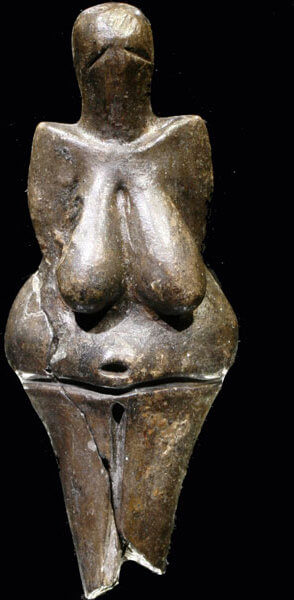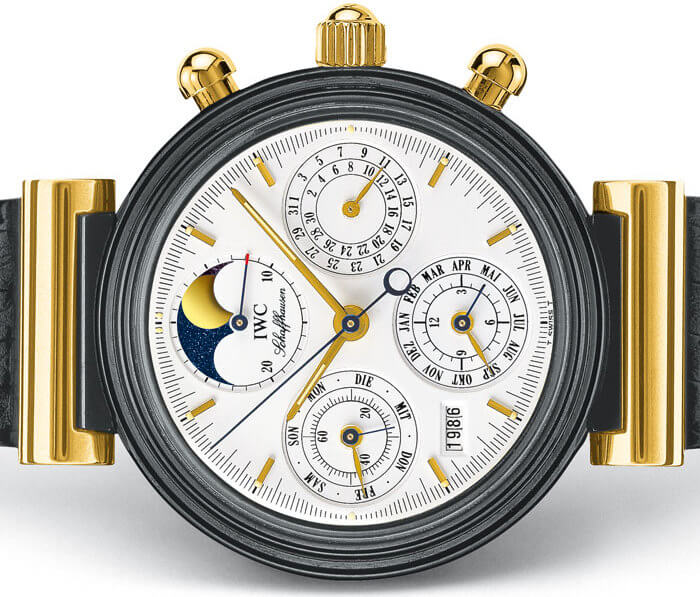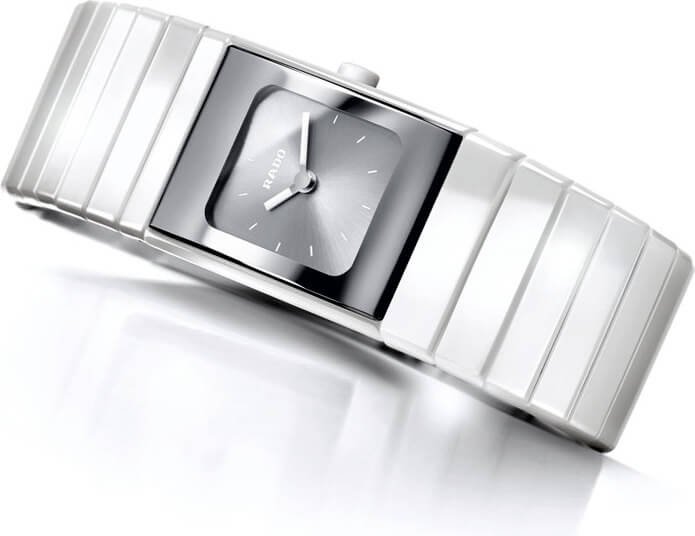Ceramic was the first “fire art,” preceding metalwork and glass. From the Greek κεραμίς meaning pottery, ceramics refers to the making of clay objects which have undergone an irreversible physico-chemical transformation by the action of heat. The earliest ceramics, which were of cultural significance, date back to the Palaeolithic era, between 29,000 and 25,000 B.C. when soft earth was modelled then baked on an open fire.
The basis of today’s high-tech ceramic is an ultra-fine powder of zirconium oxide or titanium carbide with a grain size of 1/1000th mm or 1/50th the diameter of a human hair, as Rado explains. This powder is homogenized and granulated, then injected into moulds of varyingly complex shapes and heated in a special furnace at 1,450°C. This process, which is known as sintering (heating below melting point to cause the particles to adhere to each other), produces the full density and hardness of high-tech ceramic. The surface of each element can then be polished, satin-finished or given a decorative pattern.












